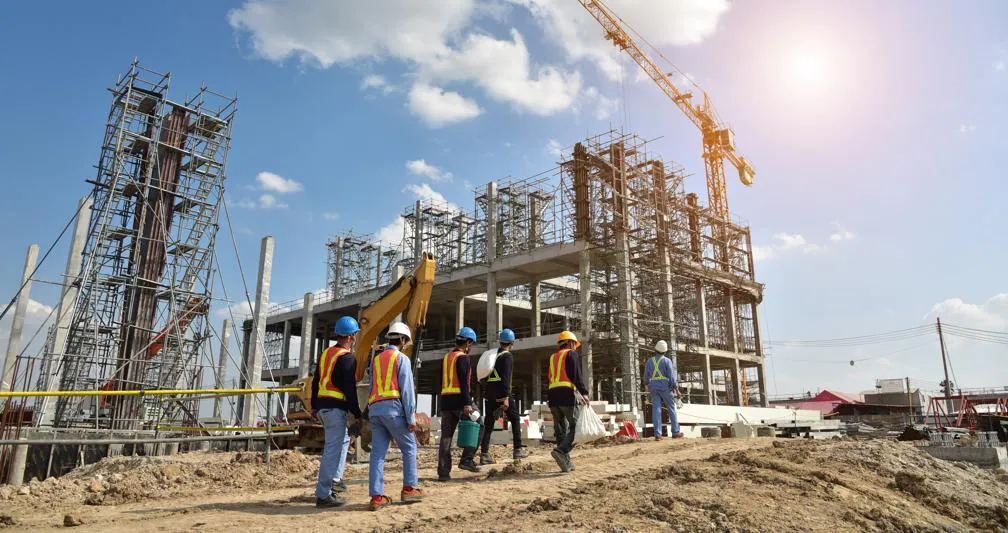For over a decade, the Czech Republic has grappled with escalating residential property prices and rents. Recent developments initially hinted at an improvement in housing availability, as economic slowdown, decreased household incomes and higher mortgage rates caused apartment prices to decline from late 2022.
However, recent market updates have dashed this cautious optimism. According to Deloitte’s Real Index, apartment prices rebounded in the final quarter of last year after four quarters of decline. The average price per square meter for apartments sold in the Czech Republic rose to 95,500 crowns, surpassing pre-Covid levels of prosperity.
Despite efforts by the Czech National Bank (ČNB) to maintain relatively high interest rates to curb demand for real estate and prevent inflation, these measures have not halted the resurgence in property prices. Consequently, rising real estate costs also drive up rental rates, exacerbating housing affordability issues, which have become a critical political concern, particularly among younger voters.
Looking at some data, with 408 apartments per thousand inhabitants, housing availability in the Czech Republic is one of the lowest in Europe, placing Czechia in the 24th position among EU countries.
The situation is made even worse by the widening income-property price gap. Specifically, between 2014 and 2022, average real estate sale prices in Prague and regional cities surged by 144%, while rental housing offer prices rose by 80%. On the other hand, average household incomes only increased by 57% during the same period and, according to the Czech Statistical Office, the gap is potentially widening further.
The post-COVID development of the housing market has defied economists’ expectations in several countries. Despite predictions of cooling demand and lower real estate prices and rents following economic turbulence, what has occurred was the opposite, and prices are now rising even faster than pre-pandemic levels. Markets are struggling to keep up with the heightened appetite for real estate from investors and housing demand, leading to rapid price increases.
The consensus among Czech economists and politicians is that high apartment prices stem from insufficient construction especially due to complex permit procedures and excessive bureaucracy. However, expert analyses suggest that the housing market’s dynamics are much more complex than this as apartment demand comes not only to satisfy housing needs but also as it represents now an important investment asset.
According to a study by the IDEA think tank at CERGE-EI, the rise in Czech residential real estate prices between 2013 and 2021 cannot be solely attributed to limited construction. Over this period, real prices increased by 63%, with 32 percentage points of this growth attributed to rising household incomes. Another 20 percentage points were driven by easier mortgage availability and households’ expectations of decreasing mortgage financing costs due to income growth and inflation.
So authors came to the conclusion that larger housing construction would probably have almost no effect on the price increase of Czech houses and apartments during this period.
Despite housing construction levels equal historical averages (around 30,000 apartments per year), the study concludes that even higher construction rates would not significantly curb price increases, which were influenced by other factors. To counteract the price rise resulting from reduced mortgage financing costs, annual construction would need to exceed 100,000 apartments, exceeding the all-time peak of construction in 1975 — a feat deemed unrealistic.
The study suggests that prices could decrease more significantly if loan interest rates increase and households anticipate low inflation coupled with minimal growth in real wages. This underscores that multiple economic factors contribute to housing market dynamics beyond construction levels alone.
Similar conclusions have also been reached by an analysis by the CNB, which examined the factors of real estate price growth between 2002-2003 and 2007-2008, as well as by other professional publications.
In summary, while greater supply is not insignificant, its influence is less pronounced compared to demand factors and varies unpredictably across different economies. For instance, Austria experienced a decline in apartment availability despite increased construction, whereas Poland saw an improvement in availability.
In conclusion, the analysis conducted reveals that accelerating construction alone is not sufficient to solve the problem of the lack of housing availability in the Czech Republic that has existed for more than a decade, as the factors driving the rise in real estate prices are multiple and complex. In addition, intensification of construction would not be able to curb price increases significantly as the construction volume needed would largely exceed the actual capacity of the sector. The analysis then suggests that a significant reduction in prices could only occur with a change in economic factors, such as higher interest rates on loans and people’s expectation of low inflation and low real wage growth.
In summary, approaching the housing crisis requires a detailed understanding of the economic, social, and regulatory factors affecting the housing market. Concerted efforts by policymakers, economists, and practitioners are needed to effectively address this complex and critical challenge to the social and economic well-being of the Czech Republic.
Sources: https://www.seznamzpravy.cz/





